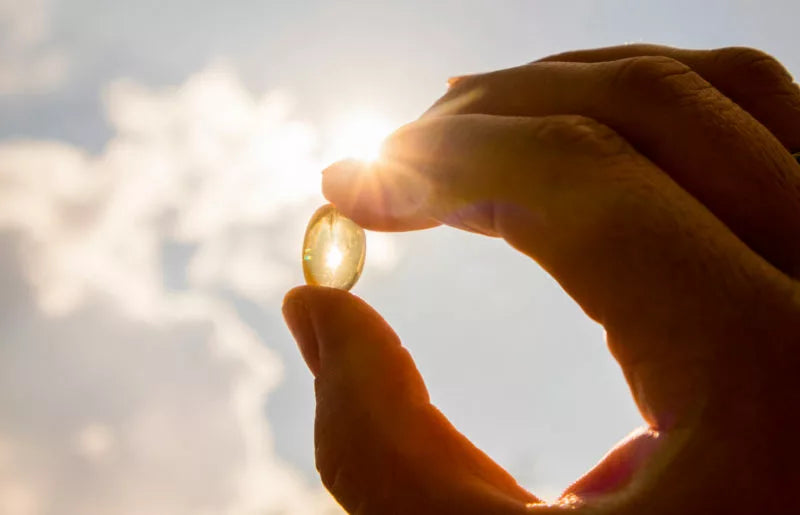What is vitamin D?
Vitamin D is often referred to as “the happy hormone.” Despite being referred to as a vitamin, it actually functions as a prohormone – it is converted into an active hormone that acts on multiple tissues in the body including the brain, bone, and the liver.
What happens when you don’t get enough vitamin D?
Many people with low levels of vitamin D suffer from diagnoses of fibromyalgia, depression, and some autoimmune diseases. While vitamin D is often not the sole culprit, improving your levels can make a tremendous difference in your health. Deficiencies in vitamin D are also linked to diabetes, autism, and many cancers… and unfortunately, deficiency is very common.
How do I know if I’m getting enough vitamin D?
During the summer months, we are frequently asked about vitamin D supplementation and whether it is still necessary. Many of us are spending more time outside and seeing more of the sun! While this is true, it doesn’t mean you should completely stop your vitamin D supplementation, especially if you’ve shown deficiency in the past. In North America people living above Atlanta, Georgia’s latitude are at risk of a deficiency in this vitamin due to a lack of sun exposure. Even farmers and other workers who are outside all day can be deficient due to the angle of the sun’s rays in the northern hemisphere.
In addition, our epigenetics determine the efficiency of our vitamin D receptors. For some people, despite getting frequent sun exposure and supplementing with vitamin D3, deficiency is still a concern. It is incredibly important to test your vitamin D level and to work with a qualified provider to ensure your level is optimal. (Experts like Michael Holick Ph.D.,M.D. at Boston University have proven that optimal levels of D3 in humans are 60-80 ng/ml.) Even if your level falls within “normal” limits, we know that many patients feel better towards the upper end of that range.
How do I get more vitamin D?
Aiming to eat a balanced diet can also help to ensure that you maintain proper vitamin d levels. Salmon, small fish such as herring and sardines, canned tuna, and egg yolks are all good sources of vitamin D. When it comes to fish, we prioritize eating wild caught fish and making sure to choose canned tuna products that are tested for mercury content. Mushrooms can also be a good source of vitamin D. Just like humans, mushrooms can synthesize their own vitamin D with UV light exposure. Besides these foods, many products such as cereal, cow’s milk, soy milk, and orange juice are fortified with vitamin D.
Our registered dietitians can help you make sure you are consuming adequate amounts of vitamin D, and they can help determine if supplementation is needed based on your level and your diet or you can talk to your MD about testing your vitamin d levels. We do find that many people benefit from adding vitamin D supplementation
Besides testing, we also love the “dminder” app. This app helps assess how much vitamin D you are exposed to, and how much your body can absorb and synthesize. We know that our genetics, geographical location, and sunscreen-use are all factors that can impact exposure and absorption. This is a great tool to utilize all year round to see how much vitamin D you are really getting!




